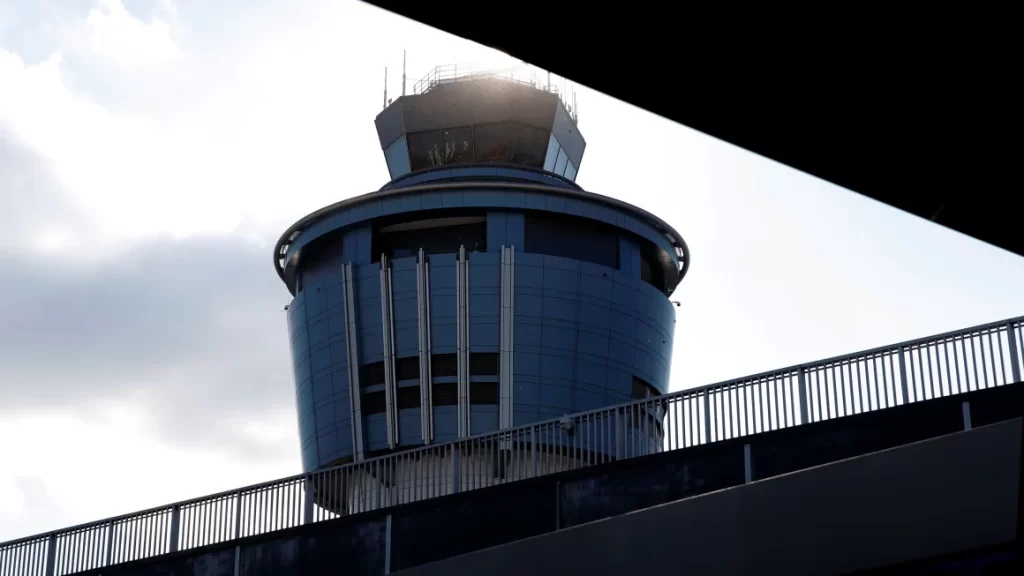A near-collision between two commercial aircraft at LaGuardia Airport in New York earlier this month is currently under investigation, as confirmed by the Federal Aviation Administration and the National Transportation Safety Board on Monday.
This incident is one of several recent close calls, go-arounds, and aviation accidents that have intensified calls for reforms in US air travel and increased public apprehension about flying.
The FAA reported that on May 6, at approximately 12:35 a.m., an air traffic controller rescinded the takeoff clearance for American Eagle flight 4736, operated by Republic Airways, due to United Airlines flight 2657 taxiing on the same runway.
“Brickyard 4736 stop,” the tower controller urgently instructed, using the Republic Airways callsign.
“Rejected takeoff runway 13,” the pilot responded in audio captured by LiveATC.net.
“Sorry about that, I thought United had cleared well before that,” the controller replied.
The United flight, a Boeing 737-800, had arrived that evening from Houston’s George Bush Intercontinental Airport and was carrying 107 passengers and six crew members, the airline stated on Monday.
According to an analysis by the tracking site FlightRadar24, the planes were nearly a quarter mile apart when the Republic flight initiated braking.
The FAA also announced on Monday that it is investigating another radio outage at the air traffic approach control facility responsible for flights to and from nearby Newark Liberty International Airport.
Both the near-collision and the radio outage, which represent the latest in a series of operational failures in recent weeks, precede the upcoming summer travel season.
The Newark terminal radar approach control facility, also known as Philadelphia TRACON Area C, experienced a radio outage lasting approximately two seconds around 11:35 a.m. on Monday, as per the FAA.
The issues at Philadelphia TRACON Area C have extended beyond the New Jersey airport, revealing a serious flaw within the FAA’s antiquated air traffic control system.
Despite these challenges, Department of Transportation officials continue to assert that the system remains safe.



